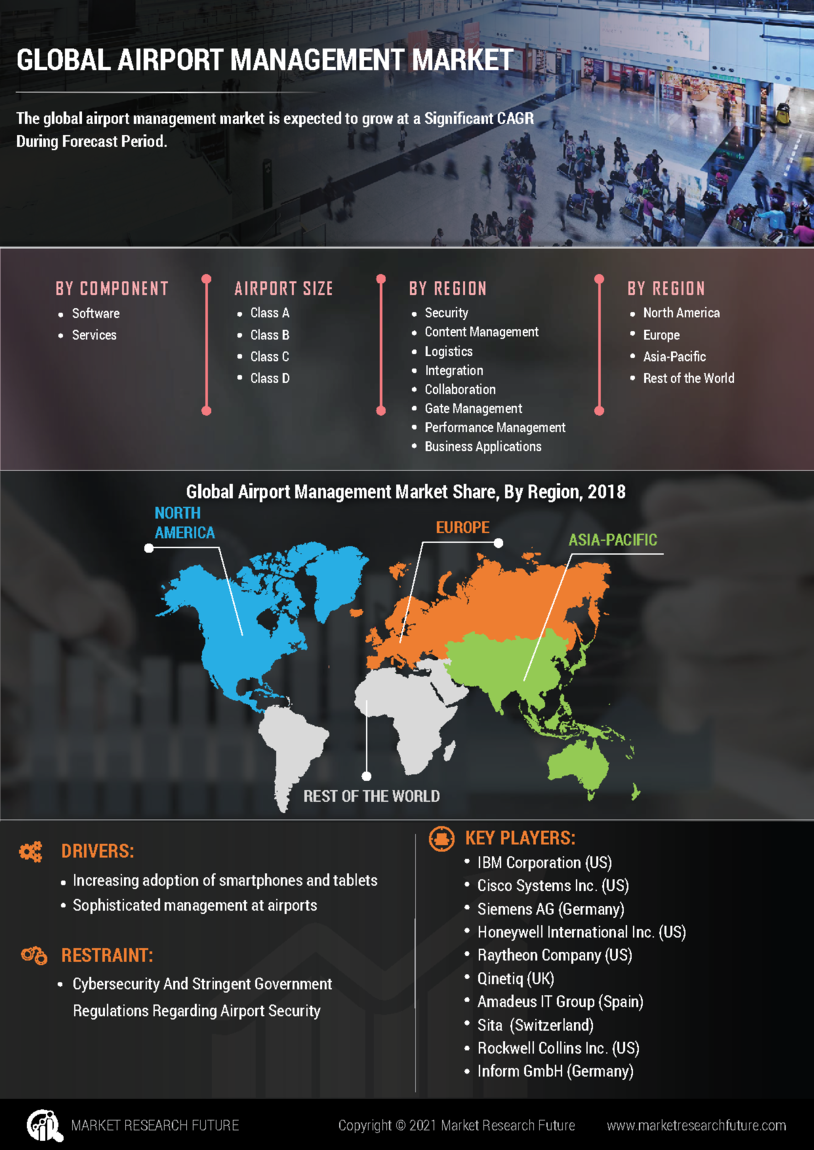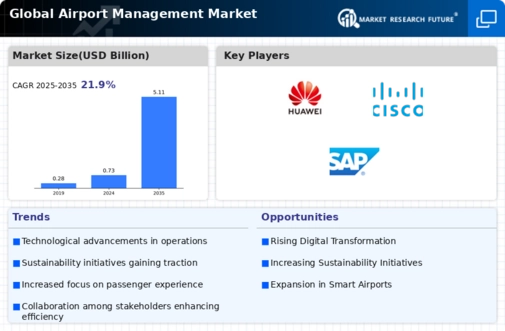For Instance, Jul.24 2023,
Noida International Airport (NIA), one of the 21 Greenfield airports in India, joined hands with Amadeus and signed an agreement. As a strategic technology partner, Amadeus will help NIA co-create digital passenger experiences. This deal will facilitate an innovative passenger processing system (PPS), including boarding, baggage reconciliation, common-use check-in, and DigiYatra-enabled biometric capabilities. Over 25 establishments, including an air traffic control tower, passenger terminal, office blocks, sewage & water treatment plants, and more, are coming up in the next couple of months.
For Instance, Jul.25 2023,
The Croatian airport, Zagreb, announced that it has begun using new IT solutions developed by TAV Technologies, creating a better passenger experience, and increasing operational efficiency. The Common Use Passenger Processing System (CUPPS) with PAX Analyzer solution and Travel Document Authorization System (TDAS) will create a unified check-in, boarding, and passenger flow management structure. These technology solutions can manage the overall passenger journey by streamlining passenger touchpoints at Zagreb Airport.
For Instance, Apr. 16, 2023,
state-owned airport operator Airport Authority of India announced its plans to provide airport management services to ring-fence its future revenues. Airport management services have become necessary to diversify revenue and maintain a steady pool.
The government plans to lease the top 25 AAI-owned airports to private companies. These airport management services include handling airport operations, airside & terminal operations, and others (parking, food & beverage outlets, etc.). AAI will also provide air traffic management and navigation services to the airports.
For Instance, Mar. 27, 2023,
GMR Infrastructure Limited (GIL) announced a Composite Scheme of Amalgamation and Arrangement of GMR Airports (GAL) with GMR Airports Infrastructure. With the backing of ADP and other shareholders, GMR is well-positioned to grow and thrive in the competitive airport infrastructure market. The merger is a strategic move for GMR Group, building a strong and sustainable business.
Airport Management Market Key Market Players & Competitive Insights
Leading market players are making significant R&D investments in order to diversify their product offerings, which will drive the aviation component MRO market's expansion. Important market developments include new product releases, contractual agreements, mergers and acquisitions, greater investments, and collaboration with other organizations. Market participants are also engaging in a number of strategic actions to increase their global footprint. The MRO industry for airplane components must provide affordable products if it wants to grow and thrive in a more competitive and challenging market environment.
One of the primary business strategies employed by manufacturers in the global airport management industry to benefit customers and expand the market sector is local manufacturing to reduce operational costs. Some of the biggest benefits to medicine in recent years have come from the airplane component MRO industry. Major players in the airport management market, such as Microsoft Corporation (US), Blip System (Denmark), Huawei (China), isco (US), SAP SE (Germany), Amadeus IT Group (Spain) and others, are looking to grow their customer bases in the untapped airport management market globally.
Sita Air is a Nepalese airline based in Kathmandu that operates internal flights throughout the country. The airline was founded in 2003. The airline's main hub is Tribhuvan International Airport, with other hubs in Pokhara and Nepalgunj. The airline acquired its air operators certificate in 2000 and was created in October 2000, but owing to political upheaval in Nepal, it was unable to operate until 2003. The operation began on February 6, 2003, with a single Dornier 228; a second plane was added in April 2003.
In February 2022, SITA Airport Management Market Systems automated routine procedures to streamline operations at London Luton Airport (LLA). These streamlined operations enhanced productivity and operational efficiency, saving time and money for London Luton and other airports that used this method. The successful implementation of such projects is expected to assist organizations in gaining more clients in the coming years.
Perth Airport (IATA PER, ICAO YPPH) is an international, domestic, and general aviation airport serving Perth, Western Australia's capital city. It is Australia's fourth busiest airport in terms of passenger movements, and it serves the cities of Belmont, Kalamunda, and Swan. Perth Airport and Jandakot Airport, the other civilian airfield within the mainland Perth metropolitan region located about 20 kilometers (12 miles) south-southwest of the airport's general aviation area,[3] [a] observed a total of 362,782 aircraft movements in 2017.
In October 2022, Perth Airport has erected new self-service kiosks and bag drop units, and has stated that it will begin testing biometric passenger screening, with a Singapore Airlines flight being the first to do so. Expansion of existing airports expands the market as well.
Key Companies in the airport management market include
Airport Management Industry Developments
-
Q3 2025: Adelaide Airport Launches Next Phase of A$600 Million Project Flight Adelaide Airport in Australia has initiated the next phase of its A$600 million infrastructure upgrade, including expanded check-in halls, new gates, aerobridges, and advanced security screening with new body scanners and 3D X-ray bag scanners, aiming to enhance capacity and passenger experience by 2027.
-
Q3 2025: Ethiopia Appoints African Development Bank to Mobilize $8 Billion for Airport Expansion The Ethiopian government has selected the African Development Bank as the lead arranger to secure up to $8 billion in financing for major airport infrastructure expansion projects, marking a significant step in the country's aviation sector development.














Leave a Comment